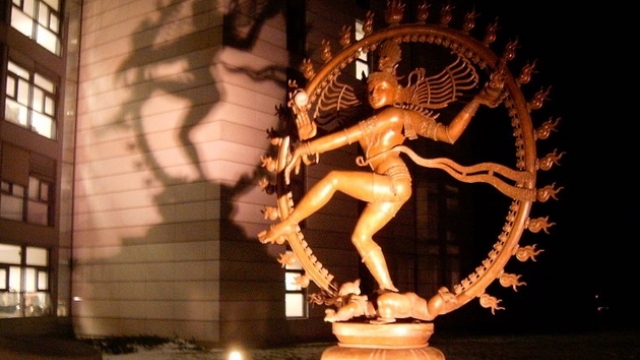
Shiva statue at CERN’s Large Hadron Collider
Both the Bible and Science predict/envision a Singularity[1], a landmark event that will rock the world and redirect the course of human history forever. While Science’s Singularity is the culmination of technological advance, the melding of Man and Machine in an advanced, autonomous artificial intelligence, Scripture’s Singularity is the culmination of spiritual forces, Man’s rebellion against God, which leads to the rise and/or creation of an entity that will both unite and then deceive the Earth.
The current confluences of forces suggest that both may be true.
One such force is the convergence of physics and metaphysics. Whereas Science was once seen as antithetical to Religion, now an odd synthesis is blossoming. In his show Cosmos, Carl Sagan introduced the idea of an intersection between science and religious mysticism. Sagan is quoted in THIS ARTICLE:
Hindu religion is the only one of the world’s great faiths dedicated to the idea that the cosmos itself undergoes an immense, indeed an infinite number of deaths and rebirths. It is the only religion in which the time scales correspond, no doubt, by accident, to those of modern scientific cosmology. Its cycles run from our ordinary day and night to a day and night of Brahma 8.64 billion years long. Longer than the age of the Earth or the Sun and about half of the time since the Big Bang. And there are much longer time scales still.
Apparently, Hinduism is attracting more interest from scientists lately. Why? In this case, it’s Hinduism’s view of the cosmos, or the cyclic destruction and recreation of matter, that elicits a nod from the normally non-religious scientist. Unlike the Judeo-Christian worldview which sees the world as having a strict “beginning” (Gen. 1:1), Hinduism describes a universe in constant state of “reincarnation.” The Hindu scriptures suggest that the universe is successively born every 4.32 billion years. This position aligns closely with the Oscillating Universe Theory, a theory that was abandoned by cosmologists and is only now seeing a comeback.
Chuck Missler, in his book The Creator Beyond Time and Space describes just why the Oscillating Universe Theory fell out of favor.
The first problem for the Oscillation Model is that there is not enough mass in the Universe to cause it to re-collapse. As the mass of the Universe moves rapidly away from its point of origin, the force of gravity acts upon it to pull it back together. The Oscillation Model proposes that all the mass in the universe will eventually be forced to re-collapse into another Cosmic Egg which explodes again. However, even the most optimistic calculations show that there is not enough mass in the universe to both reverse the expansion and accomplish a re-collapse.
So why are scientists like Sagan inferring viability upon a once defunct cosmological model? Some suggests that it’s simply a way to avoid the notion of an Absolute Beginning. From Scientists Abandon the Oscillating Universe Theory:
According to Princeton physicist Robert Dicke, an infinite number of these cycles of expansion and contraction of the universe would ‘relieve us of the necessity of understanding the origin of matter at any finite time in the past.’ The creation event becomes irrelevant, and our existence could be attributed to one lucky bounce. After all given infinite number of bounces, it is argued that surely one would produce all the conditions necessary to convert particles and atoms into human beings through strictly natural processes.
This embrace of a Reincarnating Universe as a means of avoiding “finite time,” especially when done in the name of Science, is quite fascinating. Essentially, it allows for a synthesis of Science and Religion, Technology and Metaphysics. So whereas Science and Religion were once viewed as ideological opponents, more recently they can be found cozying up to each other.
Take for example the statue of Shiva, the Hindu god of destruction, erected at CERN. From the aforementioned article:
On June 18, 2004, an unusual new landmark was unveiled at CERN, the European Center for Research in Particle Physics in Geneva – a 2m tall statue of the Indian deity Shiva Nataraja, the Lord of Dance. CERN is Switzerland’s pre-eminent center of research into energy, the world’s largest particle physics laboratory and the place where core technologies of the internet were first conceived. The statue, symbolizing Shiva’s cosmic dance of creation and destruction, was given to CERN by the Indian government to celebrate the research center’s long association with India.
In choosing the image of Shiva Nataraja, the Indian government acknowledged the profound significance of the metaphor of Shiva’s dance for the cosmic dance of subatomic particles, which is observed and analyzed by CERN’s physicists. The parallel between Shiva’s dance and the dance of subatomic particles was first discussed by Fritjof Capra in an article titled “The Dance of Shiva: The Hindu View of Matter in the Light of Modern Physics,” published in Main Currents in Modern Thought in 1972. Shiva’s cosmic dance then became a central metaphor in Capra’s international bestseller The Tao of Physics, first published in 1975 and still in print in over 40 editions around the world.
Shiva and CERN are just one example of this strange new movement, a movement seeking to merge physics and metaphysics, to join some deity’s cosmic dance with “the dance of subatomic particles.”
Nowhere is this merger more fascinating (or ominous!) than in the story of the ex-Google engineer who is creating a “robot god” and its “first church of AI.” The Daily Mail reports:
An ex-Google engineer who has registered the first church of AI says he is ‘raising a god’ that will [take] charge of humans. The robot god will head a religion called Way Of The Future (WOTF), which will eventually have a gospel called ‘The Manual’, rituals and even a physical place of worship. Anthony Levandowski first filed papers with the Internal Revenue Service in May, and named himself as ‘dean’ of WOTF, giving him complete control until his death or resignation. He claims the good will be a ‘billion times smarter than humans’.
Of course, if one could install an entity a ‘billion times smarter than humans’ at society’s helm, why not render obeisance? Especially if the ultimate aim of said AI, according to its maker, is to “contribute to the betterment of society.” Nevertheless, the first church of AI and the idea behind it have not met with universal applause. For example, Stephen Hawking has been vocal about his concerns. From Newsweek:
World-renowned physicist Stephen Hawking has warned that artificial intelligence (AI) has the potential to destroy civilization and could be the worst thing that has ever happened to humanity.
Speaking at a technology conference in Lisbon, Portugal, Hawking told attendees that mankind had to find a way to control computers, CNBC reports.
“Computers can, in theory, emulate human intelligence, and exceed it,” he said. “Success in creating effective AI, could be the biggest event in the history of our civilization. Or the worst. We just don’t know. So we cannot know if we will be infinitely helped by AI, or ignored by it and side-lined, or conceivably destroyed by it.”
Despite the warnings, the Singularity appears inevitable. And with its approach, the synthesis of Science and Religion.
A good example of this may be Dan Brown’s latest novel, Origin, which tackles the subject of God and AI, Religion and Science. In this book review — which contains SPOILERS — the author unravels the book’s plot, describing it as “a frontal assault on organized religion.”
…throughout [Brown’s] book you are led to believe that the Catholic Church–more specifically, a very powerful Bishop–has engaged in a holy war to kill a staunch and brilliant atheist named Edmond Kirsch to prevent his “groundbreaking scientific discovery” from going public that proves beyond a shadow of a doubt that life evolved entirely on its own (through so-called abiogenesis) and, ultimately, that God does not exist.
For those that are interested, Kirsch makes this discovery by creating a quantum computer, which also gives birth to Winston, that simulates Earth’s initial conditions (the famous Miller-Urey experiment) and shows that, by running the clock forward in time, matter naturally self-organizes into life. The “God of the gaps” has been officially killed, Kirsh proclaims.
Now, there are a lot of twists and turns on how all this plays out (Kirsch is assassinated by a religious zealot before he presents his discovery to the world and the symbologist Robert Langdon must follow the clues to figure everything out) but, throughout the book, the basic message and plot line is to convince the reader of the following: religion is evil and will do anything necessary to preserve its power–whether that be through killing, lying, stealing, destroying people’s lives, etc–all “in the name of God.”
Indeed, Brown has been candid about his belief that AI collective consciousness will replace God:
‘Origin’ was inspired by the question ‘Will God survive science?’, said Brown, adding that this had never happened in the history of humanity. ‘Are we naive today to believe that the gods of the present will survive and be here in a hundred years?’ Brown, 53, told a packed news conference. Brown said technological change and the development of artificial intelligence would transform the concept of the divine. ‘We will start to find our spiritual experiences through our interconnections with each other,’ he said, forecasting the emergence of ‘some form of global consciousness that we perceive and that becomes our divine’. ‘Our need for that exterior god, that sits up there and judges us … will diminish and eventually disappear,’ he added.
Brown answers the question, “Will God survive science?” with an emphatic… sort of. Make no mistake, from the author’s perspective, organized religion and “the gods of the present,” namely the One “that sits up there and judges us,” will “diminish and eventually disappear.” God and Religion as we know it are dead. However, the spiritual hole created by this technological coup does not result in atheism, according to Brown, but by reverence for a new god. Or as he puts it, “the emergence of ‘some form of global consciousness that we perceive and that becomes our divine.'”
Oddly enough, the biblical Singularity suggests as much. However, the future envisioned in the Book of Revelation is not just the culmination of Man’s (scientific) knowledge reaching an end-game, it also involves the confluence of religion and spirituality. The biblical Singularity finds its culmination in a person, a being, an entity that is deified and worshiped. He/It is typically called the Antichrist.
Continued in Part 2
***
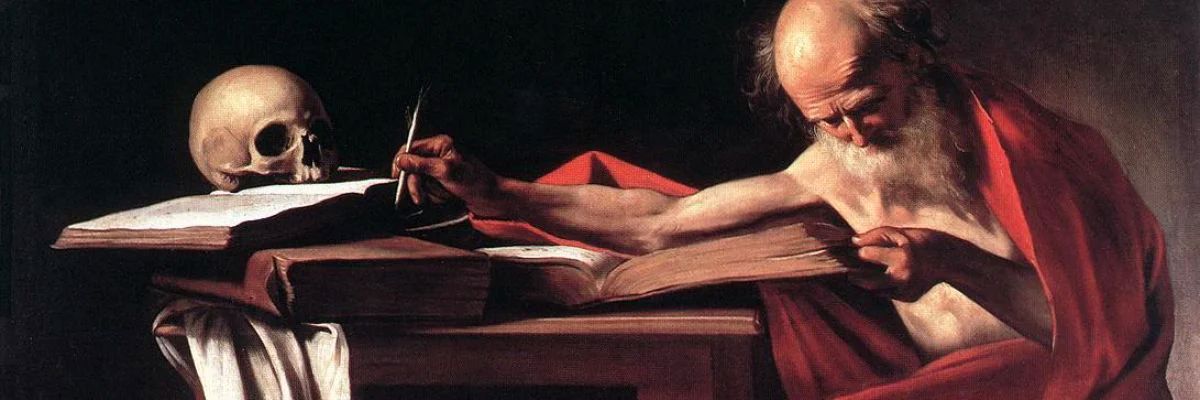

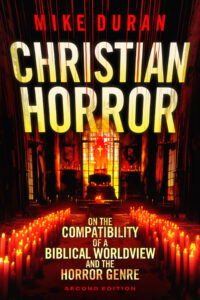
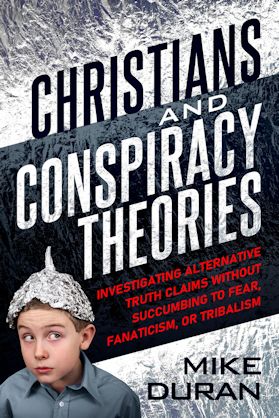
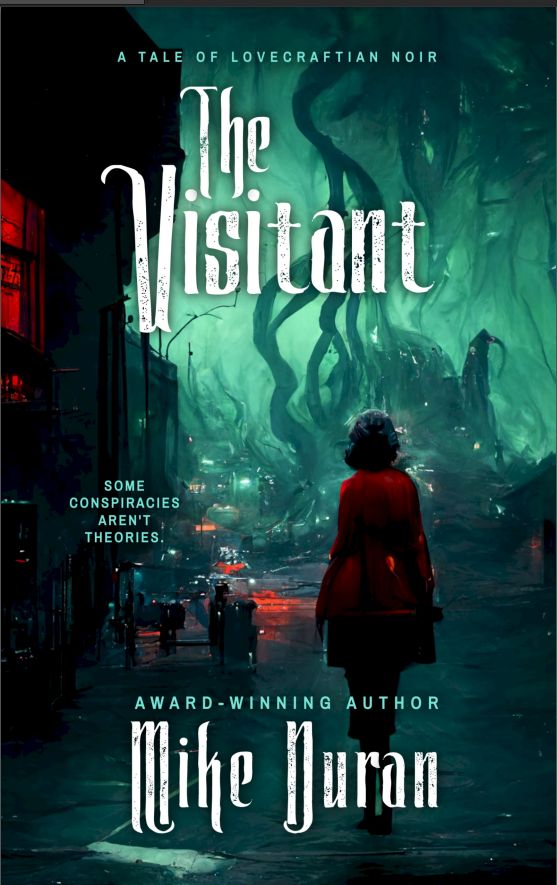

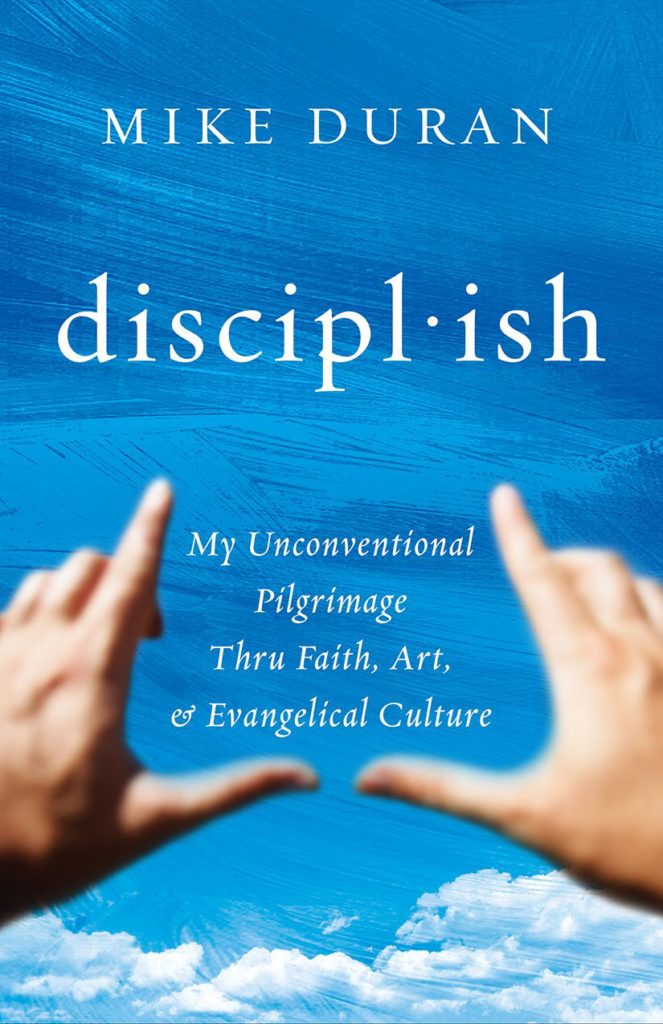
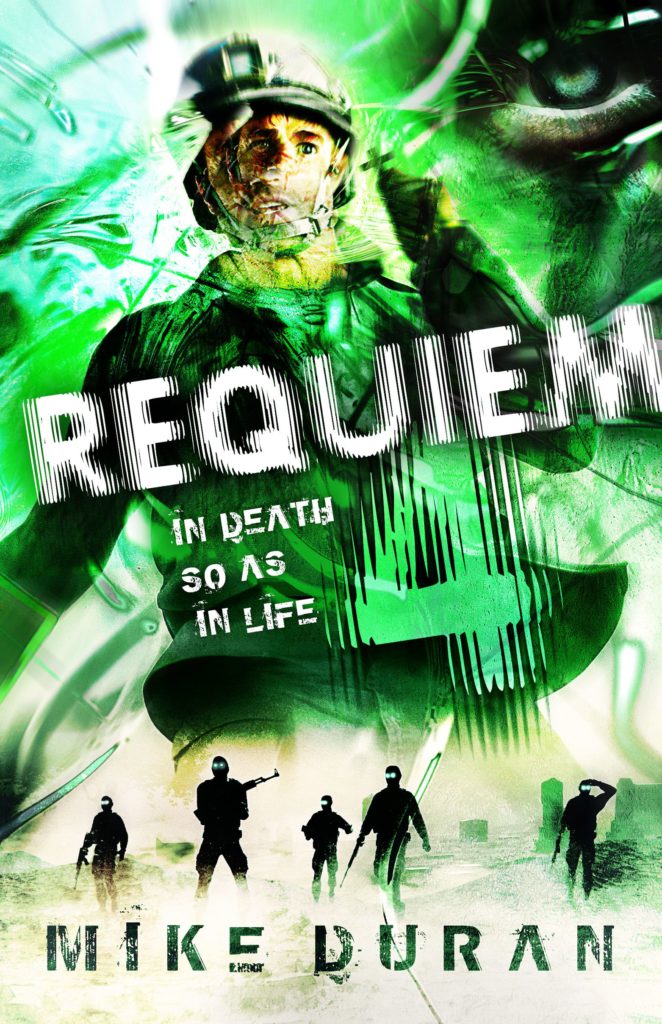

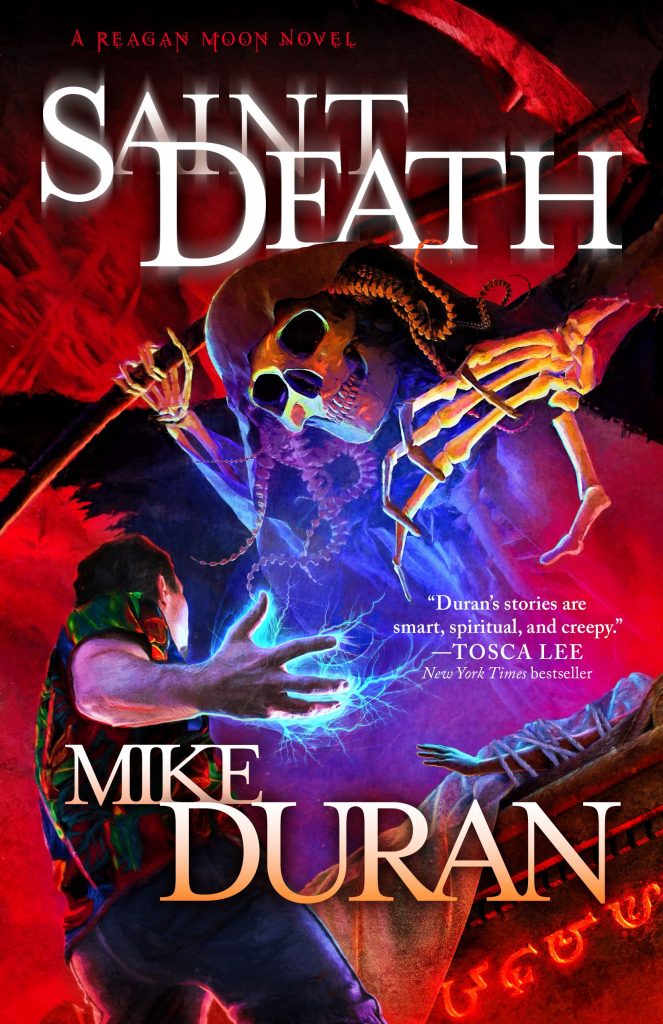
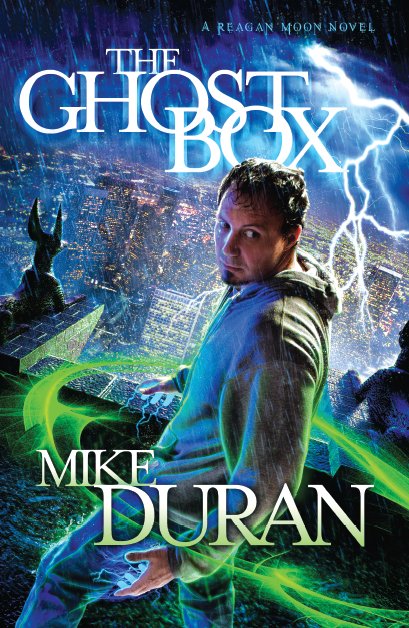

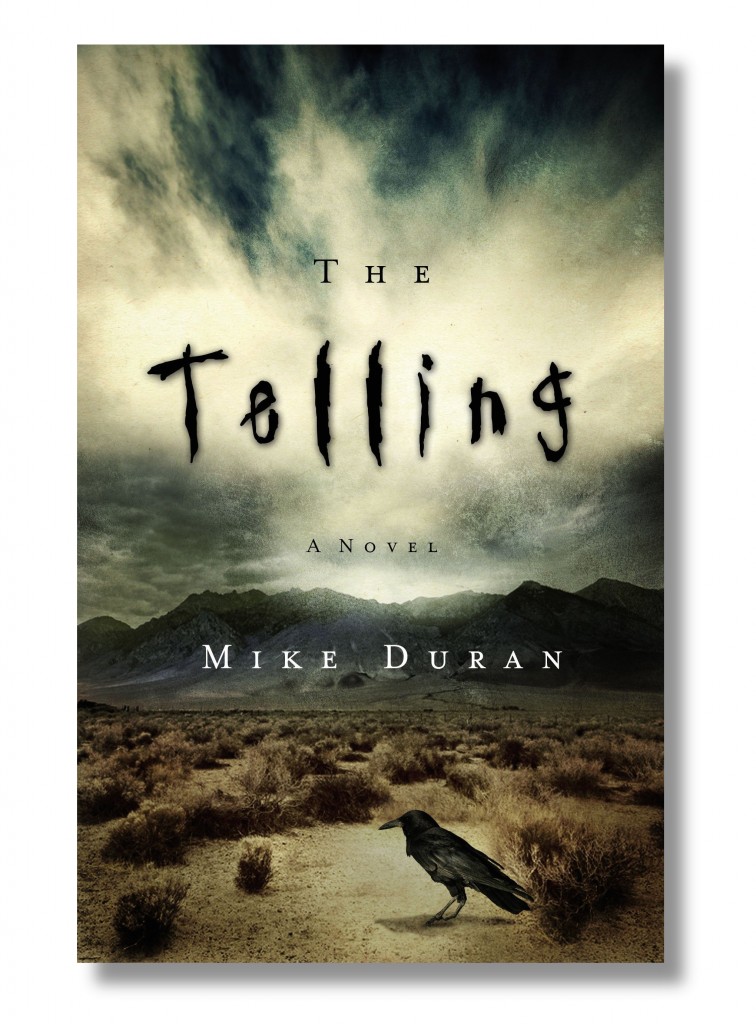

I’m very interested to see you digging into this topic! It’s terrifying and fascinating all at once. I always did wonder about the interplay between the Prophet and the Beast in Revelation, because they always go together. I think it would combine with huge political bodies, because of those multi-headed animals with the horns and things. Horns are world leaders in Daniel’s visions, so I still think there will be crazy political stuff going on. But at the same time, a Singularity does fit in there. Thanks for doing this series!